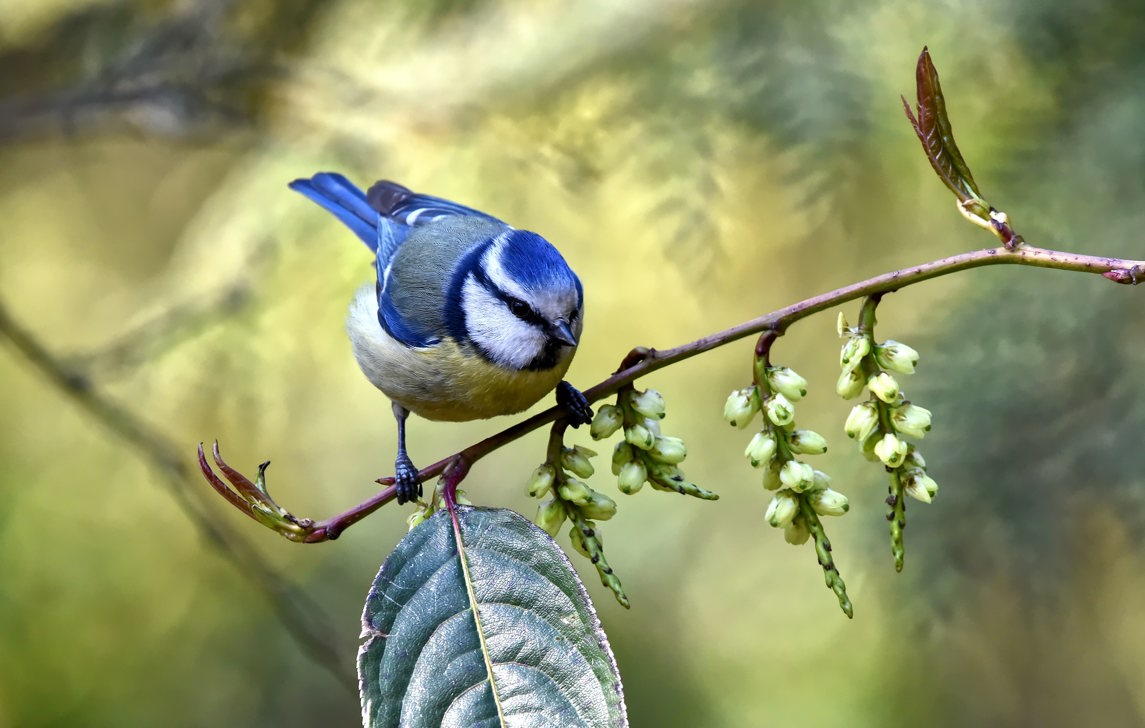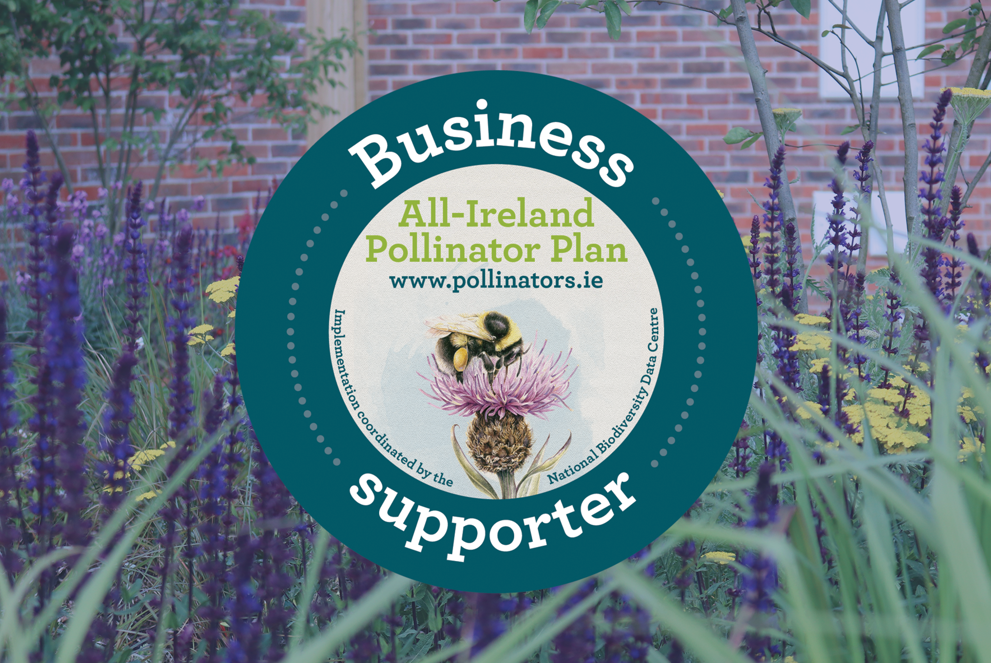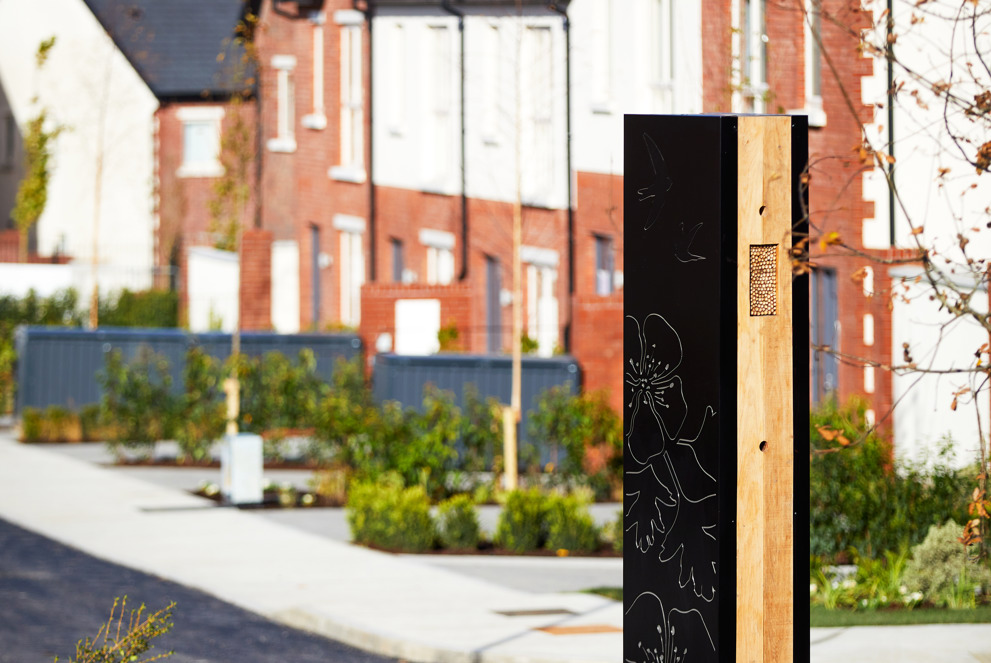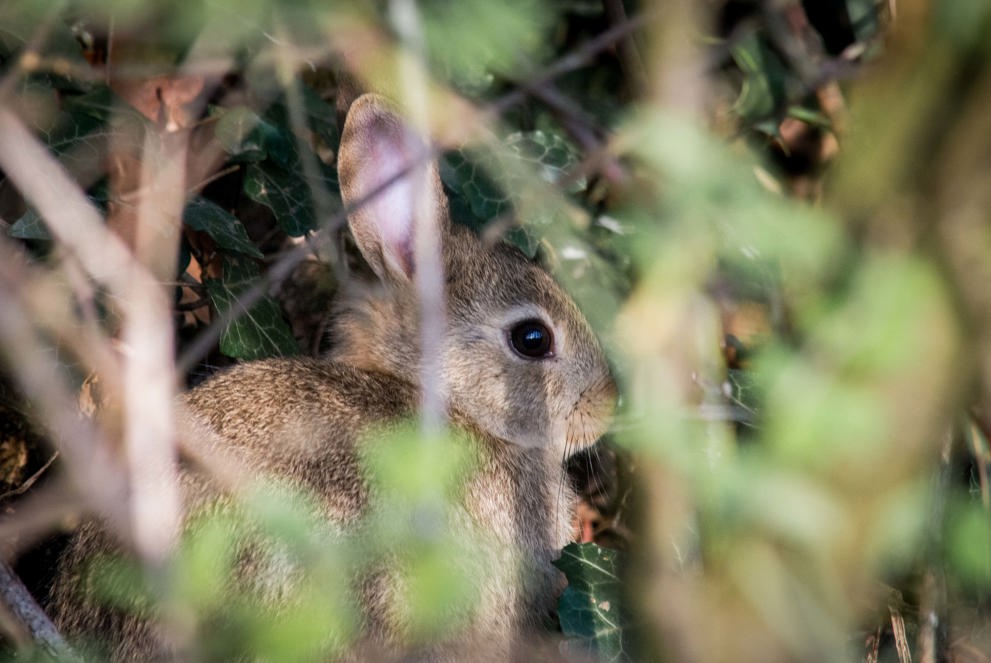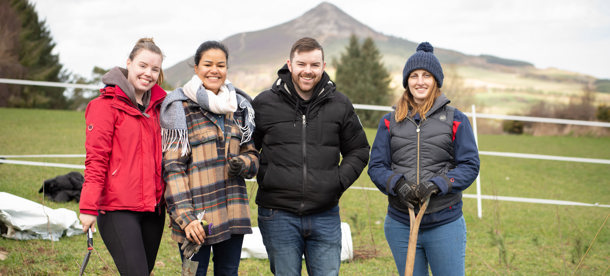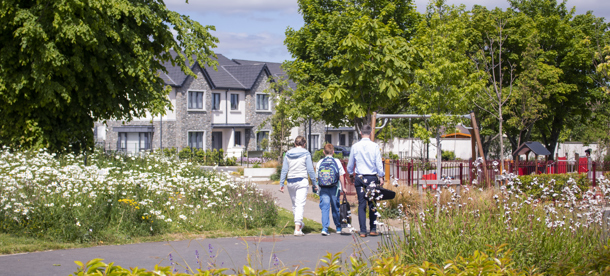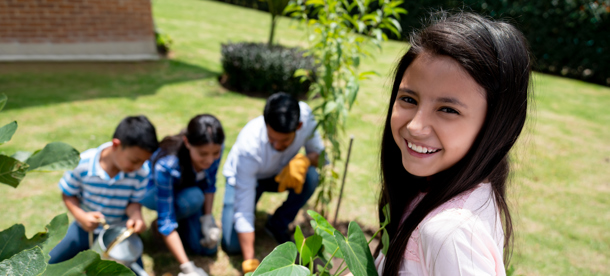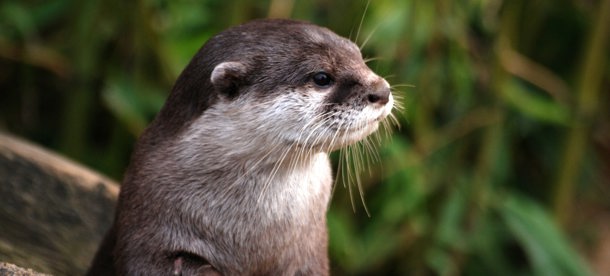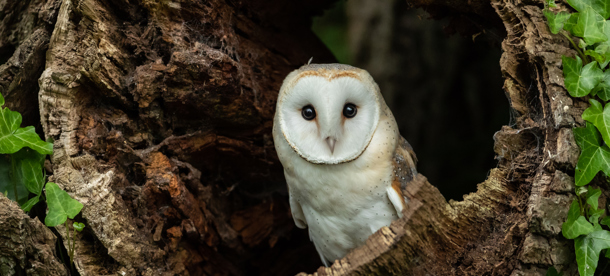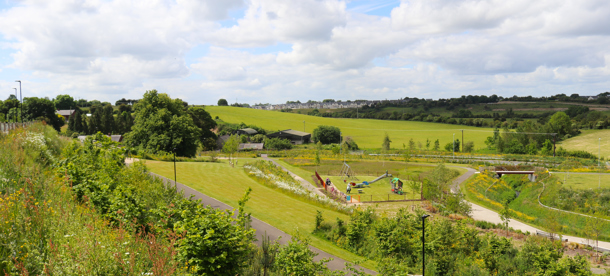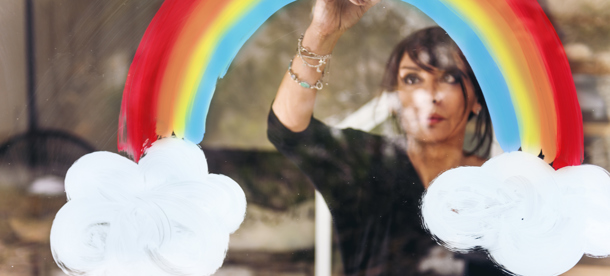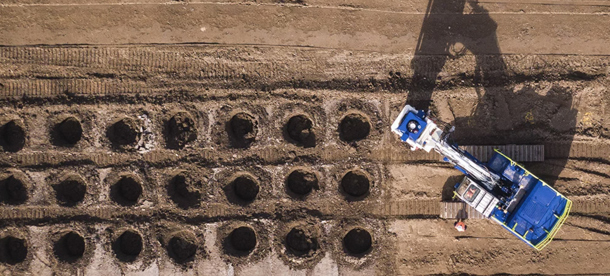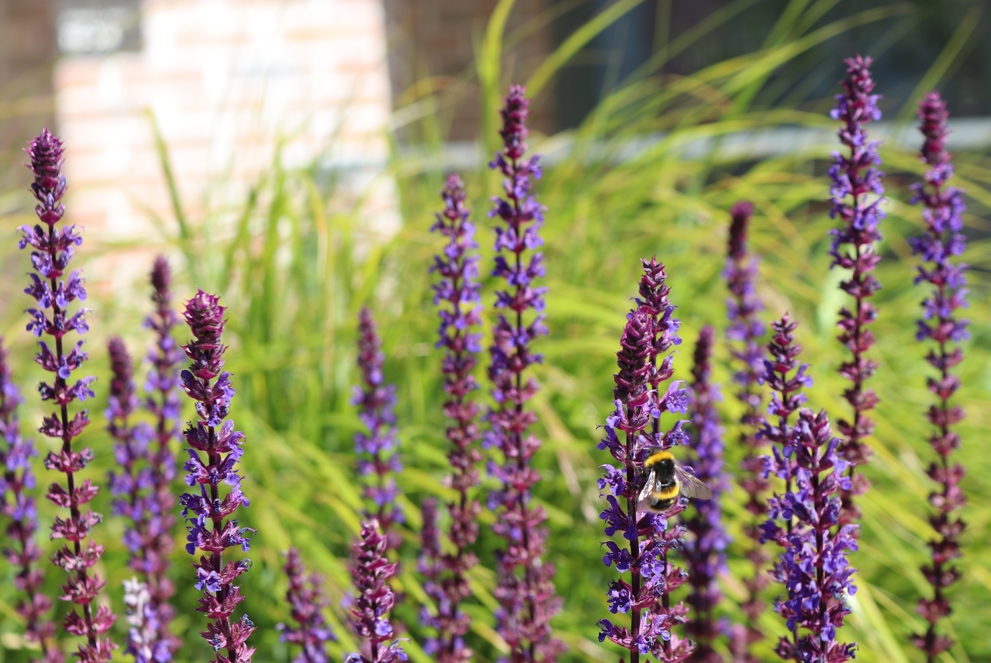
Our Approach
From the first planning and design meeting for every site we build on, we carefully analyse the unique landscape features and environmental constraints of each site. This analysis informs the entire design and for all sites we seek out innovative nature-based solutions. The biodiversity initiatives we choose have three important criteria: to be cost effective, to improve the development aesthetically, and to bring ecological benefits that will support urban biodiversity.
The site specific projects are bolstered further by our pollinator-friendly strategies across all Cairn schemes. These include:
- Pollinator-friendly mixes of perennials and flowering shrubs in all front gardens
- Native tree planting in open spaces and private gardens
- Mixed bulb drifts of pollinator-friendly plants
- The provision of a packet of pollinator friendly bulbs and information to every homeowner

